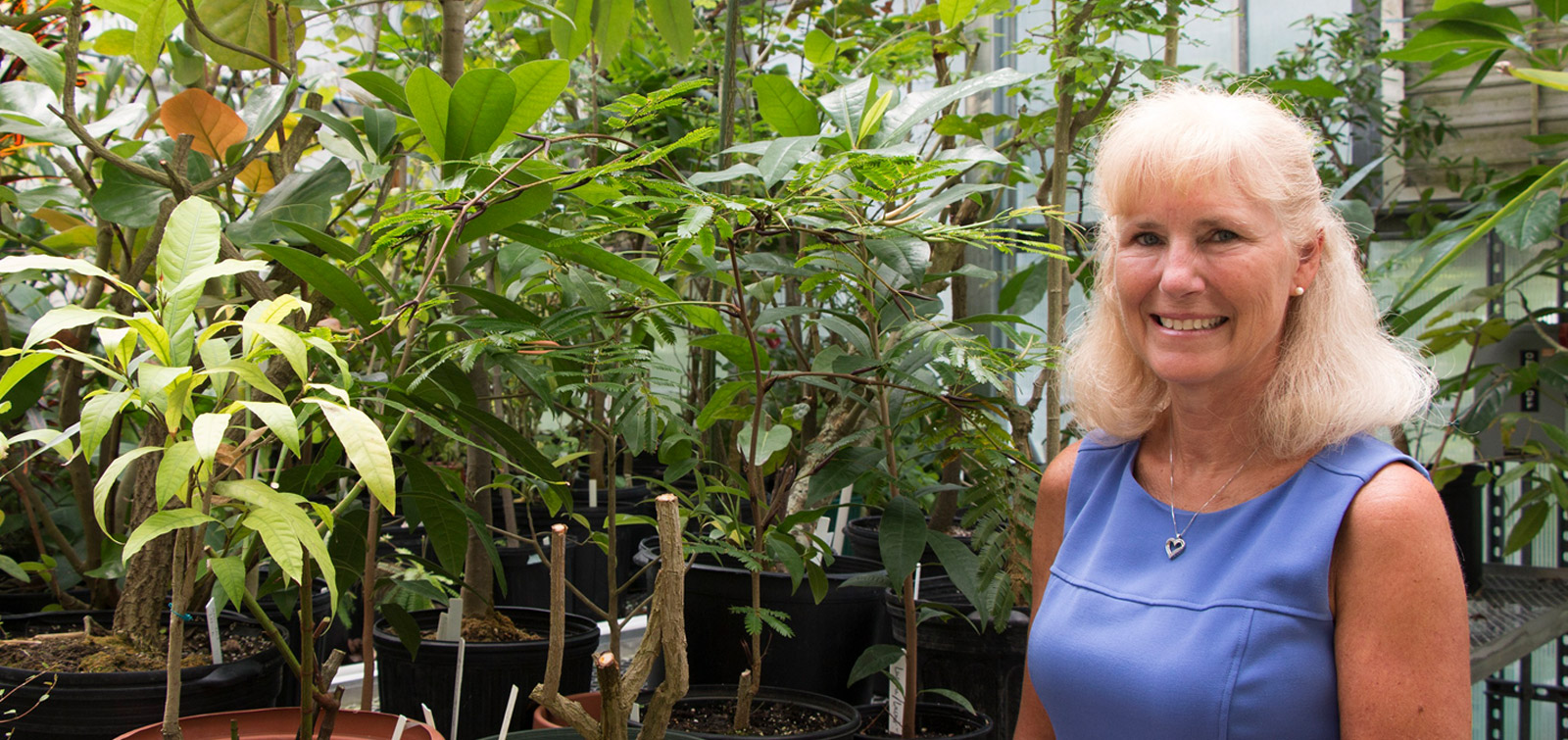
UF research spending reaches record $801.4 million in 2017
University of Florida research spending reached a record $801.4 million in fiscal year 2017, according to a new report to the National Science Foundation.
UF’s response to NSF’s Higher Education Research and Development, or HERD, Survey showed a $10.1 million increase, or 1.3 percent, in total expenditures over 2016’s total of $791.3 million.
Research spending is fueled primarily through individual grants and contracts that are secured by UF faculty in a very competitive funding landscape. This increase reflects progress in the university’s efforts to enhance its impact and reputation.
Expenditures on projects supported with federal agency funding increased $20 million, or 6.6 percent, to $327.3 million while state projects increased $7.3 million, or 5.4 percent, to $142.5 million. Funding from non-profit organizations and foundations rose 15 percent to $42.3 million.
Life sciences research, including health and agricultural research, accounted for $589.8 million, or about 74 percent of the total. The U.S. Department of Health and Human Services, including the National Institutes of Health, is UF’s largest funding agency.
Engineering accounted for $97.8 million, while physical sciences – like astronomy, chemistry and physics – accounted for $28 million.
“UF’s research enterprise has been on a steady upward trend for many years,” said David Norton, UF’s vice president for research. “Surpassing this milestone of $800 million in research expenditures is testament to the thousands of faculty members who are helping to change the world with their science, and to the staff who guide these projects from proposal to completion.”
NSF collects expenditure data from universities around the country and compiles it into a report that will be released later this year. Last year, based on fiscal year 2016 data, UF ranked 24thamong all universities and 14th among public universities in research expenditures.
Among the largest projects under way in 2017 were a U.S. Department of Agriculture project to refine an inedible seed called Brassica carinata into a renewable jet fuel; a Centers for Disease Control and Prevention project to keep Zika and other vector-borne diseases from gaining a foothold in the United States; and a U.S. Department of Defense project to study a type of heart disease that primarily effects women.







